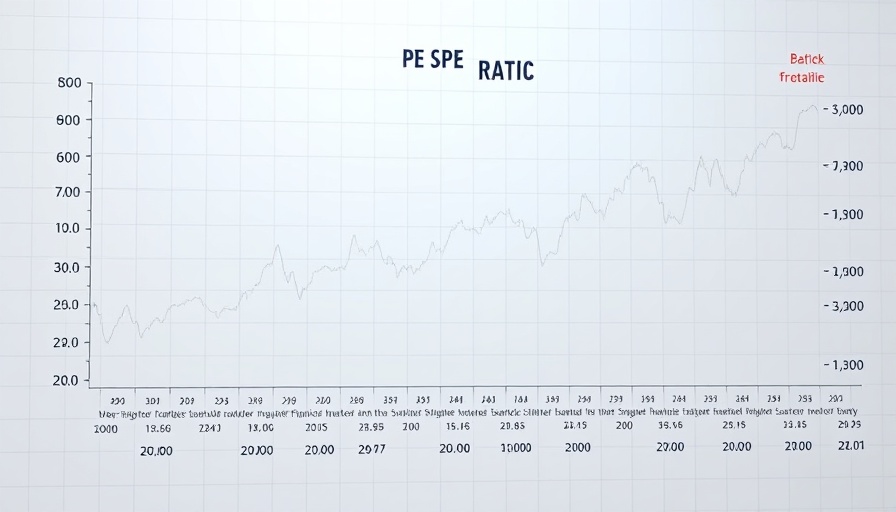
Why Warren Buffett is Hoarding Cash: A Strategic Insight
Warren Buffett, the legendary CEO of Berkshire Hathaway, is no stranger to making calculated moves in the stock market. Recently, he has garnered attention for accumulating over $300 billion in cash and Treasury bills, including a notable decrease in his company’s stakes in high-profile stocks such as Apple. This trend has raised eyebrows across the financial community, with many wondering whether this indicates a looming market crisis or simply savvy long-term investing tactics.
Understanding Buffett's Strategy Amid Market Volatility
The rationale behind Buffett’s substantial cash reserves can be attributed to his cautious yet strategic approach. By reducing stock holdings, he signals a belief that the current valuations in the market are inflated. With equity indexes like the S&P 500 trading at high levels, Buffett appears poised for a potential downturn, suggesting that he is waiting for more attractive investment opportunities to arise as prices become more favorable.
The Implications for Future Investments
With such a significant cash pile, Berkshire Hathaway is uniquely positioned to capitalize on emergent investment opportunities, especially during periods of market correction. Buffett’s investment philosophy encourages patience; having cash on hand enables swift action when desirable assets become available at discounted prices. Analysts speculate that this strategy positions Berkshire Hathaway for massive acquisitions or investments, reiterating Buffett’s long-standing belief in the benefits of liquidity and strategic foresight.
Market Outlook: Are We Heading Towards Recession?
Investor sentiment reveals growing concerns regarding inflationary pressures and Federal Reserve policies aimed at combating it. As inflation remains an integral topic of discussion among economic commentators, the potential for stagnating economic growth could lead to a recession—a scenario Buffett has navigated successfully in the past. His extensive reserves indicate not only a defense mechanism against potential declines in corporate earnings but also a means to uphold Berkshire's value investing approach amidst widespread market fluctuations.
Comparative Analysis: Buffett's Cash Position Versus Market Trends
Historically, during similar phases of stock market turbulence, Buffett has turned around to make significant investments. With the ongoing discussions surrounding interest rates, GDP growth, and market volatility, Berkshire's cash strategy emphasizes the need for informed decision-making. It calls to mind Buffett’s past, particularly in the 2008 financial crisis when his liquidity enabled him to seize once-in-a-lifetime opportunities.
Broader Economic Indicators at Play
The implications of Buffett’s cash reserve extend beyond his own company. Economic indicators such as consumer spending, unemployment rates, and trade deficits present a complex landscape for investments. As professionals, business owners, and marketers analyze their own strategies, reflecting on macroeconomic signals can offer essential insights into consumer behavior and market dynamics.
Key Takeaways for Investors and Business Owners
For professionals and business owners, this moment is a critical reminder of the significance of sufficient liquidity to navigate uncertain economic environments effectively. Companies aiming to maintain competitiveness must emulate Buffett's strategy of remaining adaptable and ready to exploit favorable circumstances when they arise.
Final Thoughts: The Value of Patience and Preparation
Understanding why Buffett is hoarding cash invites a broader discussion about the importance of financial prudence in an age of rapid economic change. As inflation concerns and market corrections take center stage, adopting a cautious yet strategic stance becomes vital. Investing in knowledge, market research, and maintaining liquidity not only prepares businesses for potential downturns but also positions them favorably for future growth.
 Add Row
Add Row  Add
Add 




Write A Comment